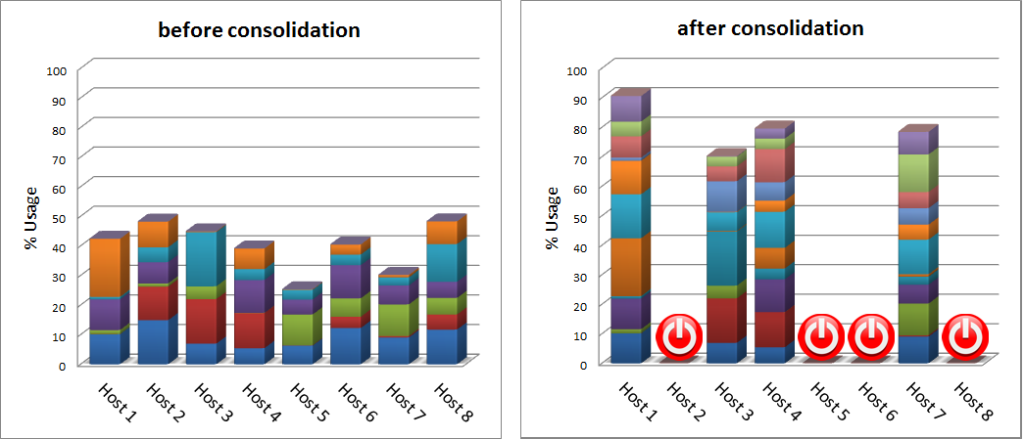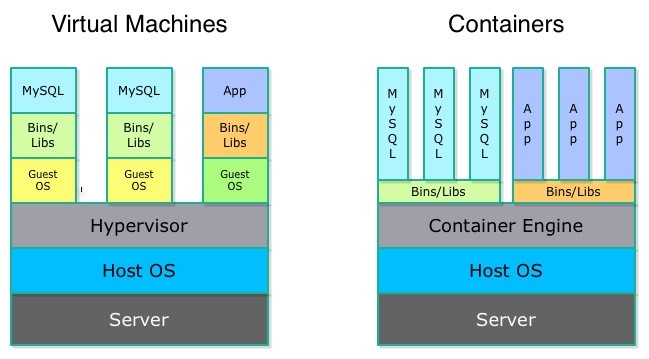- October 27th, 2014
- /
- /
- Categories: Virtualization
- /
- Comments: 0
- Eco4Cloud and Docker: better together
Eco4Cloud and Docker are two cutting edge technologies which promise to deliver major shifts on how we run IT nowadays. Interestingly, when used in combination, they have the potential to disrupt computing in datacenters as we’ve known it.
Here’s how.
Eco4Cloud Workload Consolidation is the optimization solution for virtualization platforms improving the economics of virtualized data centers with an intelligent software platform, which increases efficiency and reduces costs. Automatically and in near‑realtime.
Eco4Cloud works on top of a virtualization platform, and uses the exposed APIs to query the status of IT equipment, both physical and virtual, and optimize the virtualization platform in order to make it more efficient.
Docker is the main application container solution available today.
The difference between Virtualization and Containers is clear. Containers allow the user to run multiple applications within the same OS, while server virtualization creates machines that are logically isolated and can run different platforms. Therefore, containers can be used to provide highly efficient deployments of similar applications which all use the same kernel code. Server virtualization allows each instance to run entirely separately, supporting many different operating systems.
There are some obvious benefits and disadvantages in using containers over VMs:
- Containers can be created almost instantly – as quickly as spawning a new Linux process. This is excellent in scenarios where many transient, temporary instances need to be created and eliminated.
- Containers are “lightweight”, sharing the same kernel and libraries and taking very little additional memory and disk space.
However:
- Containers all run on the same OS instance; so if that OS goes down or is rebooted, they all go down.
- Containers aren’t as flexible as VMs in terms of resilience or portability, as they lack tools like vMotion, DRS, or HA.
The best strategy
Today the best option is to leverage benefits from both virtualization and containerization, having VMs all over the data center, running many Docker containers each. The containers will decrease the number of VMs needed, and all the related overhead in terms of OS replication.
This will optimize the number of virtual machines and the workload they execute.
On the other hand, Eco4Cloud dramatically reduces the number of hosts needed to run those virtual machines, while improving quality of service.
The strategy will lead to maximization of resources both below virtualization ‑with Eco4Cloud‑ and above virtualization ‑with Docker‑. The resulting outcome is higher density in datacenters, better SLA compliance, as well as CapEx and OpEx savings.
When containerization will offer management features similar to vMotion, DRS and HA in virtualized environment, virtualization could even become an option, instead of the foundation of any modern computing environment as it is today, and containers consolidation will then be the new automation frontier and way to go.



